Market Share
Beverage Packaging Market Share Analysis
Cost leadership is one of the key marketing strategies, where businesses try to lower production cost of beverage packaging without compromising its quality. They are thus able to provide competitive pricing that targets large groups of consumers. Cost leadership comes about when organizations have efficient production systems, economies of scale and strategic alliances with suppliers. When price sensitivity dominates consumer decisions, such an approach works best in markets like this. By minimizing costs, firms can expand their market share through provision of affordable yet reliable packaging solutions.
Beverage Packaging Market is also affected by sustainability as one of the major factors. In response to increasing environmental awareness among consumers, companies are now concerned with eco-friendly packaging alternatives. So, to have responsibility and consciousness about environment in the market and gain from it, companies should start using recycled materials; reduce emissions of carbon dioxide that will help in reducing greenhouse gas emissions thus leading to reusable designs. It attracts environment-conscious customers and supports global sustainability objectives thereby building good reputations enhancing brand images hence market share has risen.
Cooperative effort together with strategic alliances is key towards market share positioning. New growth paths will be realized through forming associations with drink makers, retailers or other stakeholders in supply chain. Corporate overall market presence improves by creating synergies that exploit each other’s strengths’ Joint marketing initiatives, co-branded packaging and shared distribution networks are examples of collaborative strategies that contribute towards stronger market position.
Adaptability is yet another vital element in terms of positioning of market share within ever changing Beverage Packaging Market sphere. Companies need to have updated information on industry trends, technology changes and shifts in consumer preferences. An instance could be taking up new forms of packagings including smart packagings with interactive features or incorporating augmented reality elements into package design in order to stay competitive within the sector. Industry-linked agility ensures that firms remain ahead while maintaining their competitiveness keeping or expanding their shares within given markets.
Energy drinks demand would increase as well as demand for beverage packaging expected in coming years due to an increase in this type of product consumption. Carbonated and noncarbonated beverages’ packaging constitute the bulk of the market in the packing industry. The ultimate beneficiaries are also suppliers who developed capacity for beverage packages.
Moreover advanced technology applied in packing machinery and equipment drives the current state of affairs concerning production levels resulting into increased demand for packaging globally which is due to sustainable products being high on demand because they are environmentally friendly More over young people have become more health conscious and this has led to an increase in demand for packed juices, energy drinks and health drinks which has fueled growth within the beverage packaging area.

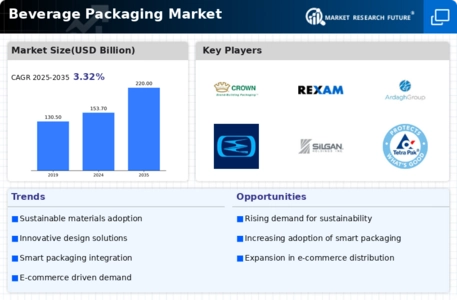
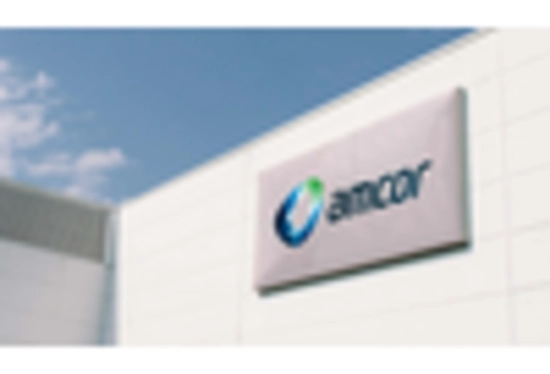

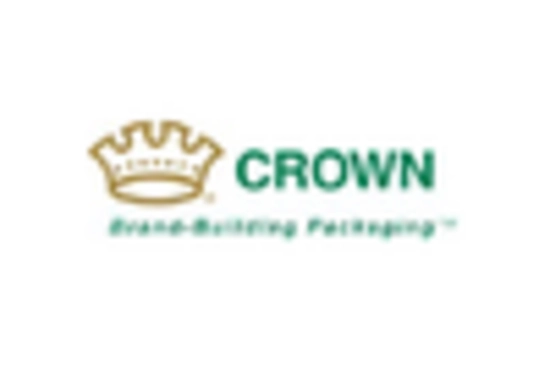
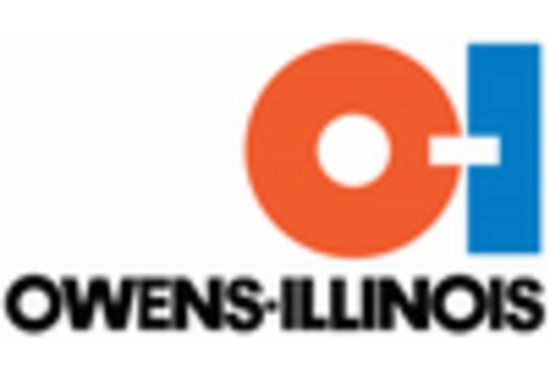
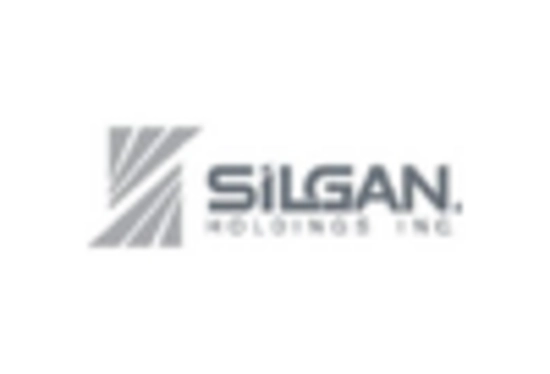
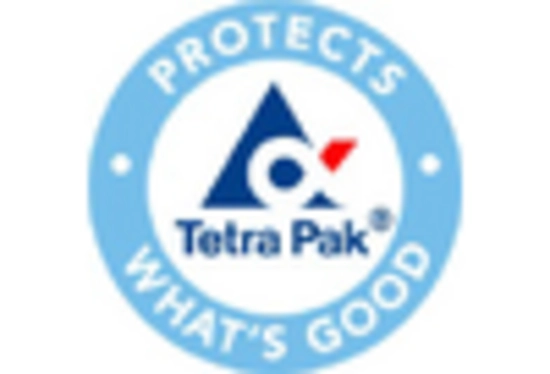









Leave a Comment